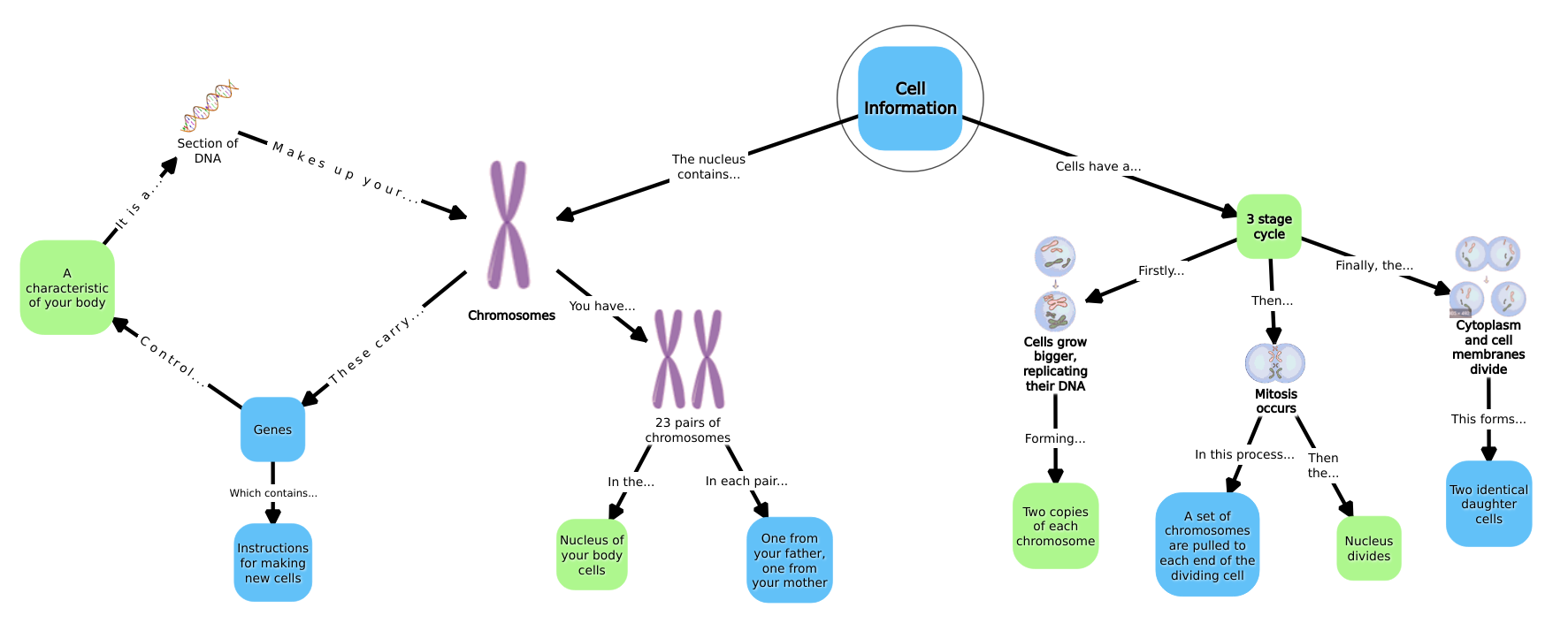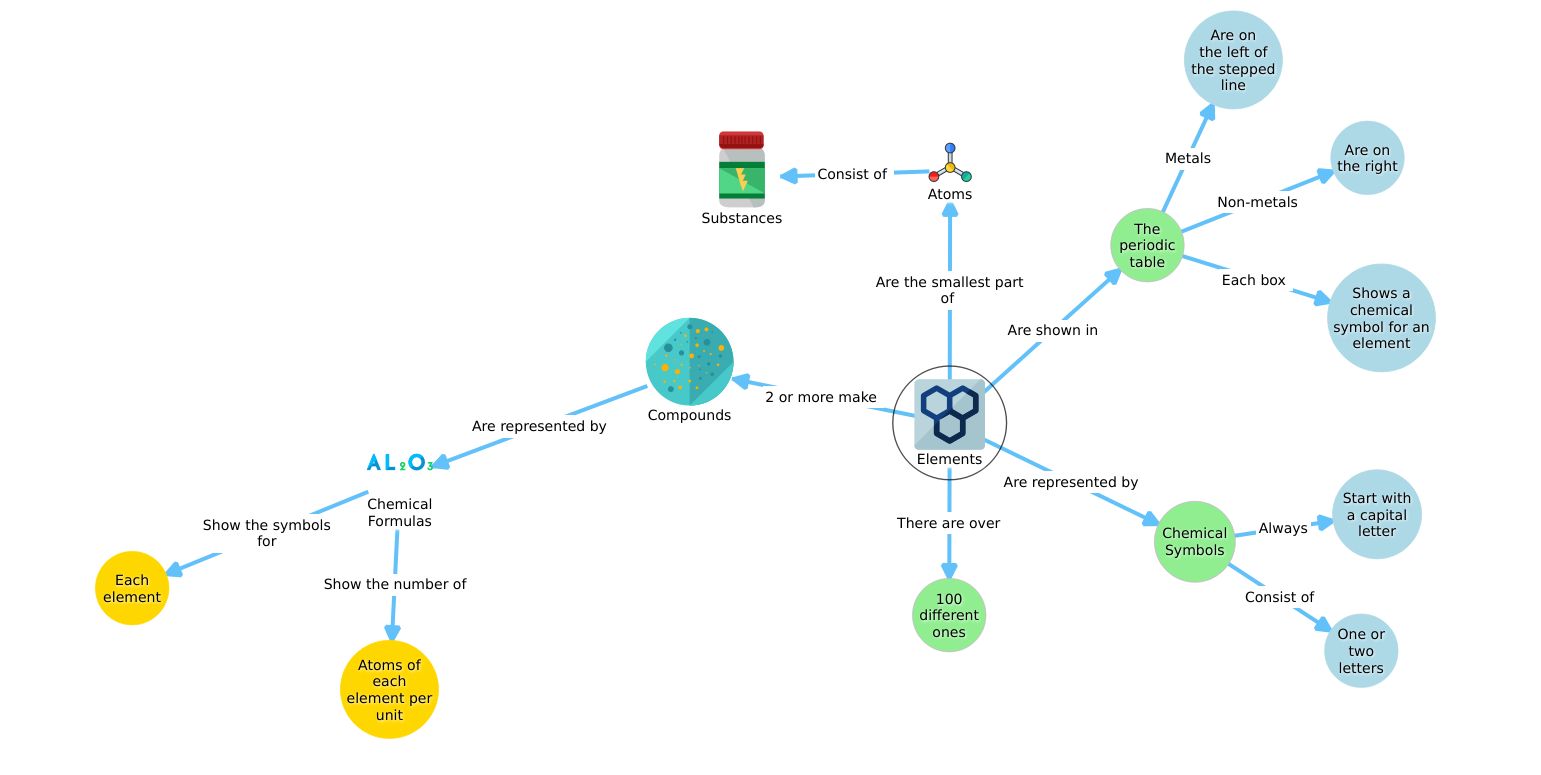Start with a Clear Central Idea
Every effective concept map begins with a central idea or concept. This central idea should encapsulate the main topic or subject you want to explore. Make it concise and clear to provide a solid foundation for your concept map.
Use Simple, Concise Link Titles
Link titles are the backbone of your concept map. They should be brief and clearly define the concepts they represent. Avoid long sentences or overly complex language. Short, meaningful labels make your map easier to understand. Using ideamapper, all you need to do is double-click the link, type in your link title and hit enter.

Prioritize Hierarchy and Structure
Concept maps are often hierarchical in nature, with main concepts branching out to sub-concepts. Organize your concepts in a logical and structured manner. Start with the most general concepts and progressively move toward more specific ones.
Keep It Simple
While concept maps are excellent tools for simplifying complex information, it’s important not to overload your map with too much detail. Focus on capturing the most critical concepts and relationships. Avoid clutter and excessive complexity, as it can make your map confusing. Simplicity often leads to greater understanding.
Use Visual Elements
Visual elements like colors, shapes, and icons can enhance the clarity and visual appeal of your concept map. Use colors to group related concepts or highlight important ideas. Add icons to represent specific concepts or add visual cues that convey meaning. Ideamapper provides a variety of visual customization options to help you create visually engaging concept maps.

Revise and Refine
Creating an effective concept map is an iterative process. Don’t be afraid to revise and refine your map as you gain a deeper understanding of the topic. Be open to rearranging ideas and refining relationships to make your map more coherent and informative.





